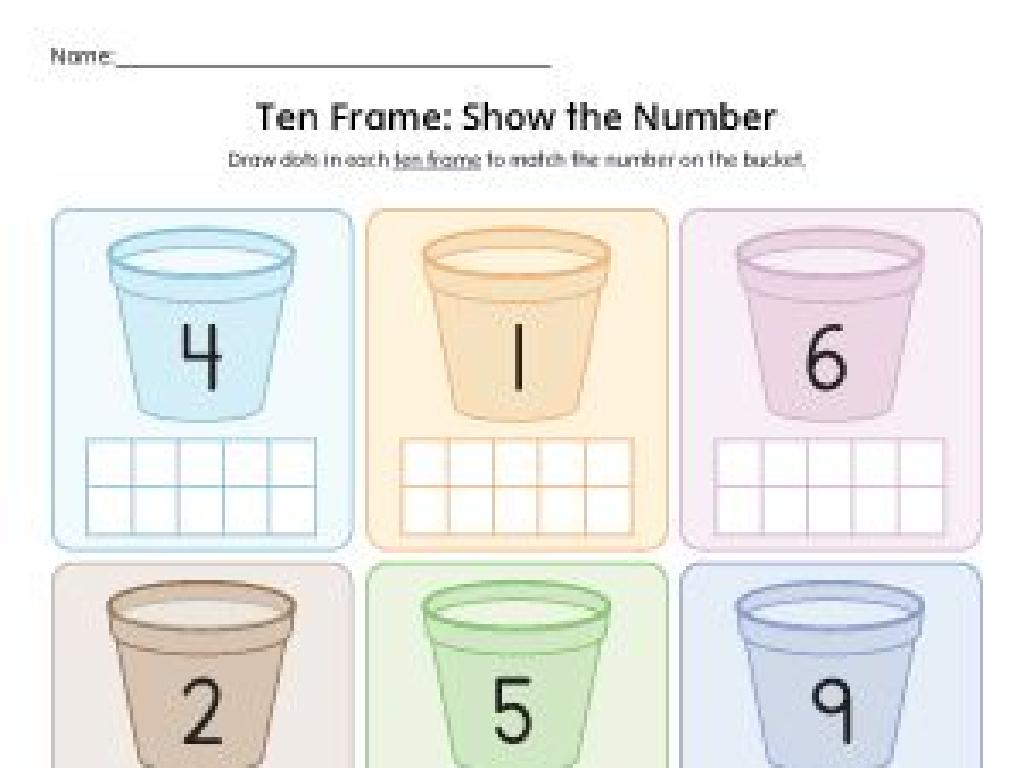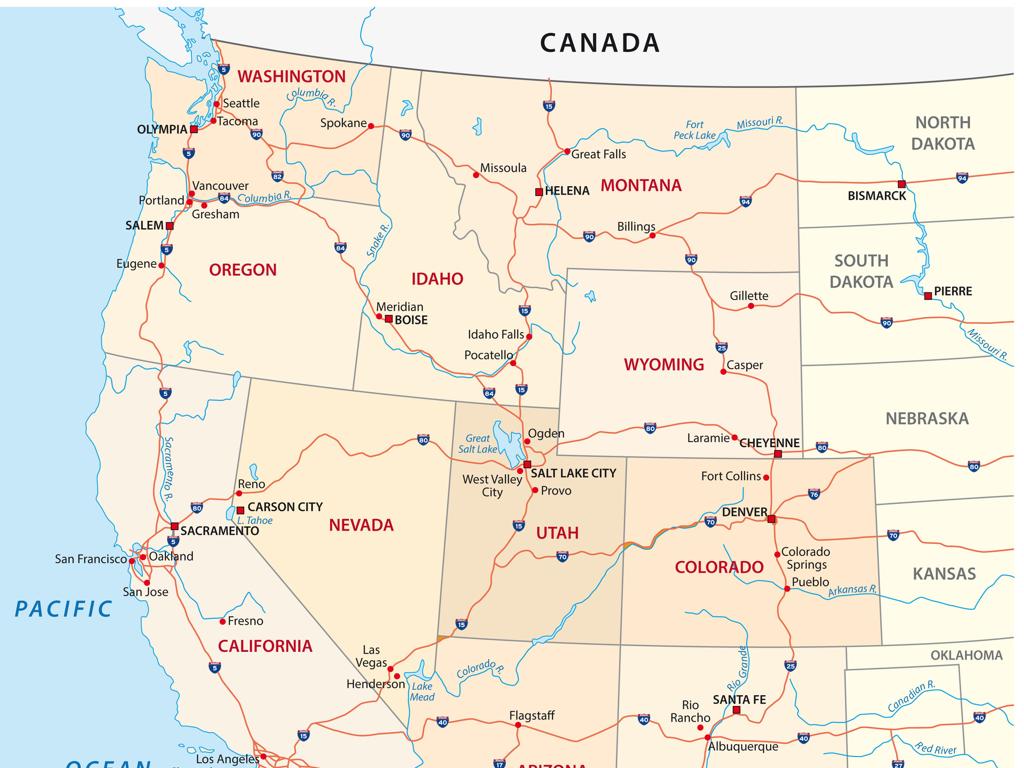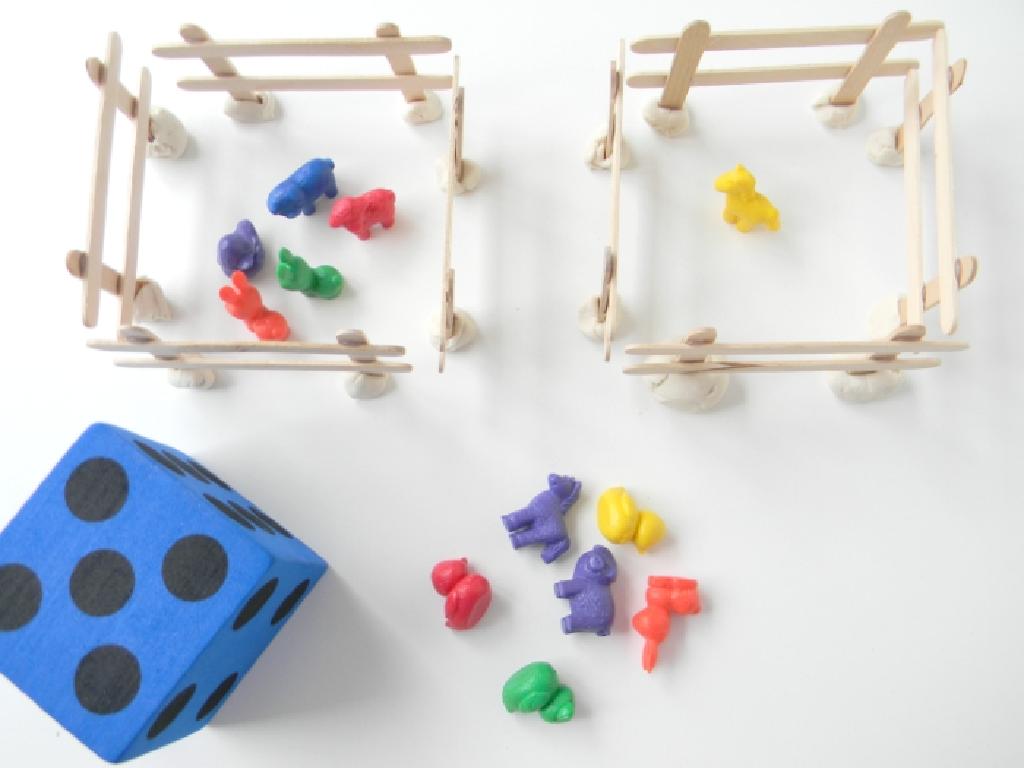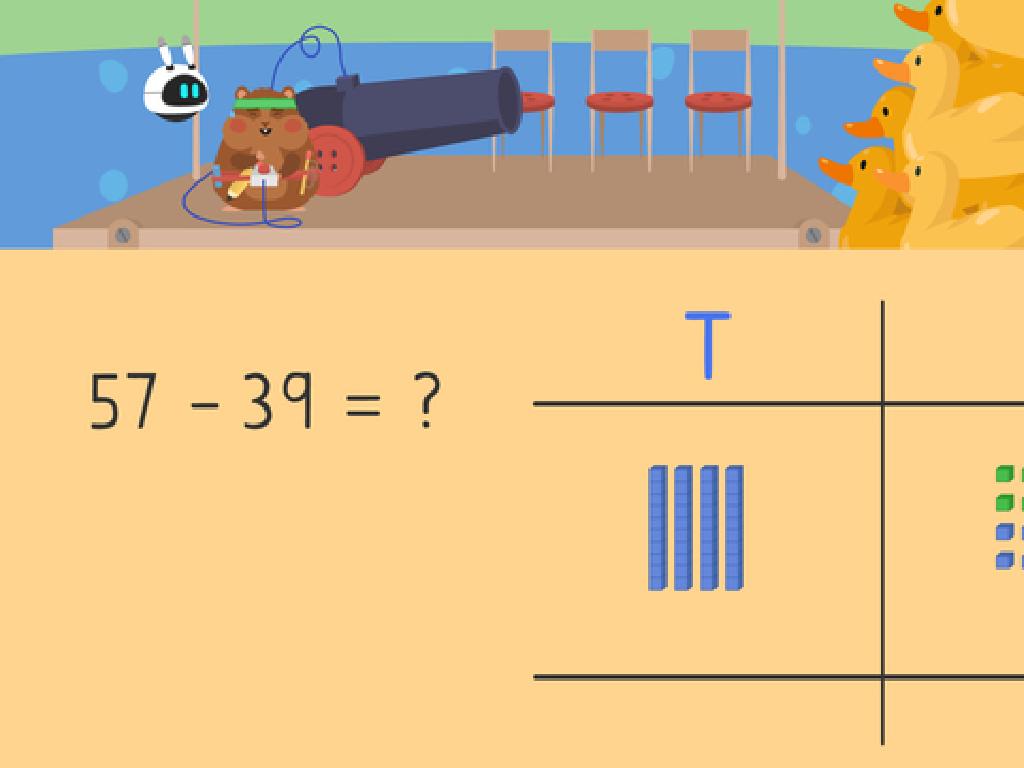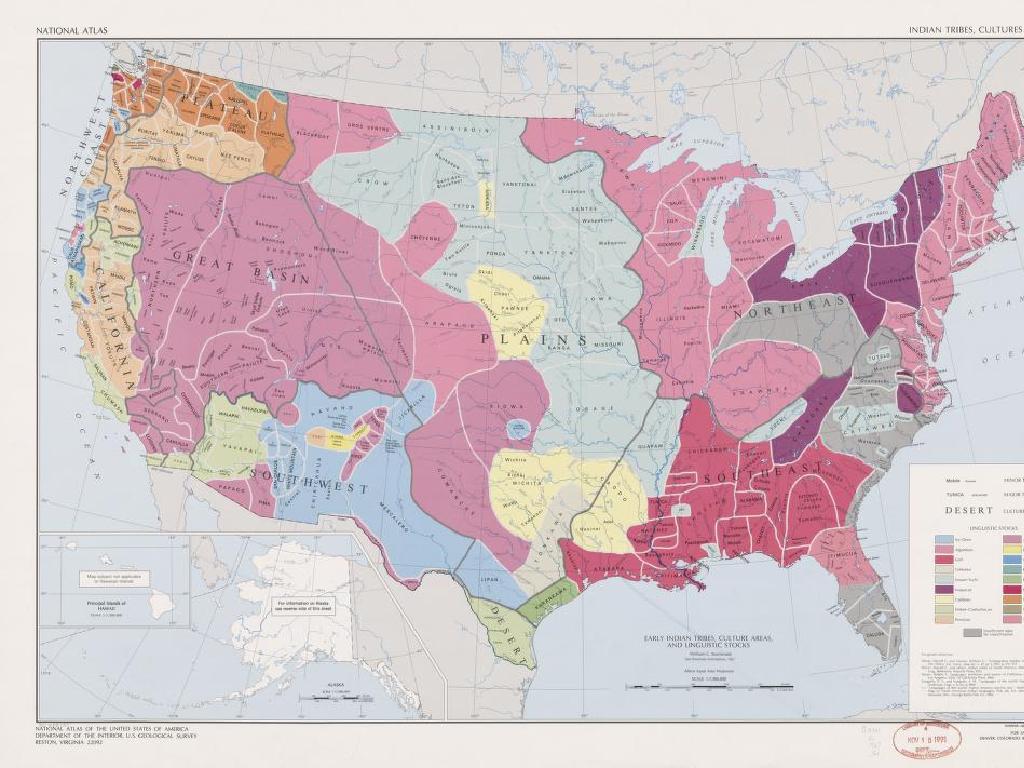Identify Physical And Chemical Changes
Subject: Science
Grade: Second grade
Topic: Physical And Chemical Change
Please LOG IN to download the presentation. Access is available to registered users only.
View More Content
Physical and Chemical Changes
– What are Physical Changes?
– Changes in shape, state, or size without making a new substance. Like melting ice.
– What are Chemical Changes?
– Changes that create a new substance. Like rusting iron.
– Observing changes in our world
– Becoming change detectives
– We’ll learn to spot the clues of changes!
|
This slide introduces the concept of physical and chemical changes to second-grade students. Begin by explaining that a physical change is when something changes its appearance but doesn’t become a different substance, such as water turning into ice or tearing a piece of paper. Then, describe a chemical change as a change that creates a new substance with different properties, like a rusting nail or baking a cake. Use everyday examples to help students relate to the material. Encourage them to observe the world around them and notice changes that occur, making them ‘change detectives’. By the end of the lesson, students should be able to identify and differentiate between physical and chemical changes in their environment.
Exploring Physical Changes
– Physical change definition
– When an object’s look changes, but it’s still the same material.
– Examples of physical changes
– Tearing paper, melting ice, and stretching rubber don’t change the material itself.
– Freezing water experiment
– We’ll observe water turning to ice and see it’s still water, just solid!
– Breaking crayons activity
– When we break crayons, they are still crayons, just smaller pieces.
|
This slide introduces the concept of physical changes to second-grade students. A physical change involves a change in the state or appearance of a substance without altering its composition. Use relatable examples like tearing paper, which becomes smaller pieces but is still paper, or melting ice, which turns to water but remains H2O. Engage students with hands-on activities such as freezing water to observe the change from liquid to solid and breaking crayons to see that, despite being in pieces, they are still made of the same material. These activities will help solidify their understanding that physical changes do not create a new substance.
Exploring Chemical Changes
– Chemical change makes new things
– Examples: cake, rust, campfire
– Like baking turns batter into cake
– Vinegar + baking soda = reaction
– When mixed, they create bubbles
– Watch what happens together!
– We’ll do an experiment to see the change
|
This slide introduces the concept of chemical changes to second-grade students. A chemical change occurs when substances combine and change into entirely new substances with different properties. Use relatable examples like baking a cake, which cannot be undone, to illustrate the permanence of chemical changes. Highlight everyday examples like rusting iron and a campfire. Engage the students with a simple, safe experiment mixing vinegar and baking soda to observe the immediate production of gas (bubbles). This visual and hands-on approach helps solidify the concept of chemical change. Ensure to explain that the new substance (carbon dioxide gas in the case of the vinegar and baking soda reaction) has different properties from the original substances.
Physical vs. Chemical Changes
– Physical changes can be undone
– Chemical changes create new substances
– Examples of both changes
– Tearing paper (physical) vs. burning paper (chemical)
– Discuss examples in class
– Share examples from home/school
|
This slide introduces the concept of physical and chemical changes to second-grade students. Emphasize that physical changes, like tearing paper, can often be reversed, while chemical changes, such as burning paper, result in new substances that cannot be turned back into the original material. Encourage students to think of examples they have observed in their daily lives, such as melting ice or cooking an egg, and be prepared to discuss these examples in the next class. This will help them understand the differences between physical and chemical changes through relatable activities.
Let’s Experiment with Changes!
– Experiment 1: Tearing paper
– Tearing paper doesn’t change its material, just its size.
– Physical Change Observation
– Experiment 2: Vinegar and baking soda
– Mixing these creates bubbles and fizz!
– Chemical Change Observation
|
This slide introduces two hands-on experiments to help students identify the differences between physical and chemical changes. For the first experiment, demonstrate how tearing paper into smaller pieces is a physical change because the paper’s material remains the same, only its shape and size change. For the second experiment, show the reaction between vinegar and baking soda, which is a chemical change, evidenced by the formation of new substances (gas bubbles). Encourage students to observe carefully and ask them to describe what they see. Possible activities: Have different groups perform the experiments, discuss their observations, and conclude whether the changes are physical or chemical. Ensure safety measures are in place for the chemical change experiment.
Observation Time: Detecting Changes
– Observe experiments closely
– Use senses to notice changes
– What does it look like? Any new smells? Any sounds?
– Record or draw observations
– Use your worksheet to write or draw what happens
– Share what you observed
|
This slide is designed to engage students in active observation during experiments. Encourage them to use their senses to detect physical and chemical changes. They should look for changes in color, state, temperature, and any new substances formed. Smells and sounds can also indicate a chemical change, such as a fizzing sound or the smell of something burning. Provide worksheets with sections for drawing and note-taking to help them document their observations. After the experiments, facilitate a discussion where students can share their findings and learn from each other’s observations. This activity will help them understand the concept of physical and chemical changes through practical experience.
Review: Physical vs. Chemical Changes
– Physical changes keep materials same
– Chemical changes make new materials
– Baking a cake or rusting iron are examples
– Chemical changes: gases, heat, color
– Bubbles, warmth, or unexpected colors can signal a chemical change
– Physical changes: size, shape, state
– Tearing paper, melting ice without changing what the material is
|
This slide is a recap of our lesson on physical and chemical changes. Remember, physical changes do not create a new substance; the material remains the same even if it changes size, shape, or state (solid, liquid, gas). Chemical changes, on the other hand, result in new materials being formed, and this can be identified by the production of gas, change in color, or the release or absorption of heat. Examples to discuss could include melting ice (physical) and burning wood (chemical). Encourage students to think of more examples and to consider what observable signs might indicate a chemical change has occurred.
Class Activity: Change Detectives
– Become a change detective
– Mission: Spot 3 physical changes
– Look for changes in shape, size, or state
– Mission: Spot 3 chemical changes
– Find changes that create new substances
– Share your detective work
|
In this engaging class activity, students will apply their knowledge of physical and chemical changes by observing their surroundings. Physical changes might include melting ice, tearing paper, or stretching rubber bands, which do not result in new substances. Chemical changes are indicated by reactions like rusting iron, baking a cake, or souring milk, where the original materials change into different substances. Encourage students to be observant and think critically about the changes they see. Provide a worksheet for them to record their findings. Tomorrow, each student will have the opportunity to present their discoveries and discuss whether they are physical or chemical changes. This activity fosters curiosity and reinforces the concepts taught in class.

